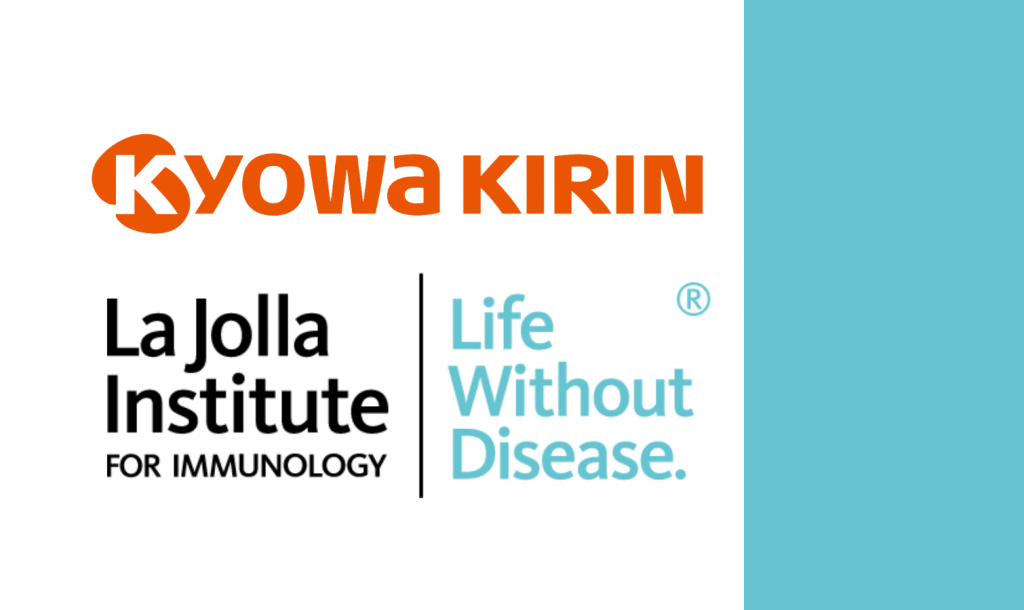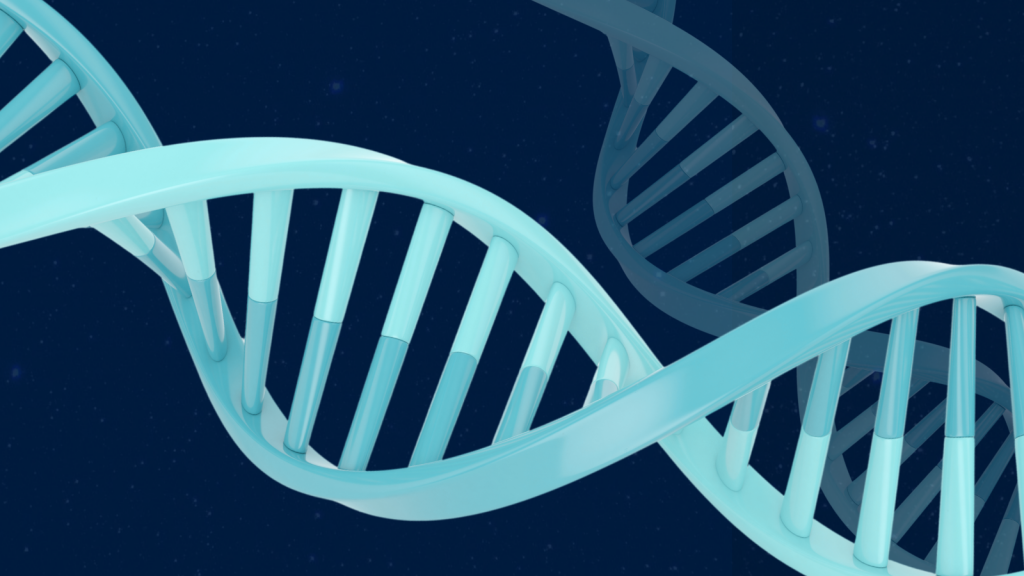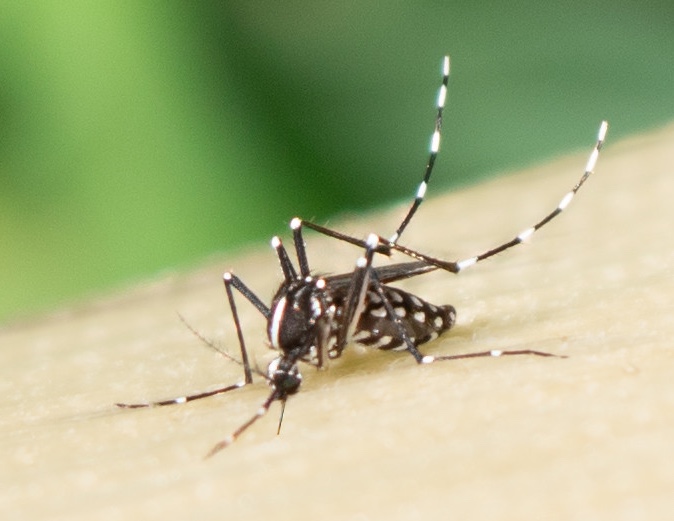LA JOLLA, CA—Researchers at the La Jolla Institute for Immunology (LJI) have written a new first draft chapter in the book of immunology. They have discovered a protective biological switch that, briefly, turns on the immune response at the first whiff of an invader—an important feature—but can also turn off potentially destructive immune rampage that may also occur. This “off” switch can protect against serious, life threatening inflammation.
Publishing in the April 7, 2020, issue of Cell Reports, the researchers say this first-response switch has never before been characterized, perhaps because the ensuing event is very short-lived; after about a day or so, the immune cells that played a role are nowhere to be found.
The finding is important for several reasons. One is that the initial “dose” or extent of infection determines whether the switch is engaged, and that this response occurs even before normal immune mechanisms have time to kick in.
“We found that a group of specialized immune cells which was thought to only promote an immune response can actually turn that response off. This is completely new, and sure to be controversial since it goes against current dogma,” says the study’s lead investigator, Joseph S. Dolina, Ph.D., a former postdoctoral fellow in the laboratory of Professor Stephen P. Schoenberger, Ph.D.
The identification of the switch explains a lot of paradoxical laboratory findings that concluded that these cells, CD4+ T lymphocytes, either help to elicit an immune response in the presence of bacteria or a viral attack, or that they don’t, Dolina says. He and the collaborators found that the quantity of invading pathogen is the key variable—small amounts turn on an immune response, but as the initial dose grows, the immune response is downregulated.
Dolina mapped the two distinct pathways that lead either to activation of immune system cells in the presence of low-dose pathogens, or to inhibition of immune system activity in the face of a substantial infection.
He says it is important to understand that activation of this switch is a temporary step which occurs shortly before a normal immune response is mounted. “It is triggered by free-floating host DNA, which, if substantial, is seen by the body as an autoimmune event representative of tissue destruction and death. So, the switch turns off what it believes is an immune attack directed against self tissues. In the meantime, if this is a substantial microbial infection, other immune cells are working to find antigens—bits of the pathogen—that they can present to the immune system to ramp up the correct response. By that time, this switch is no longer active.”
Secondly, the existence of the switch suggests that it may be possible to manipulate it, says Schoenberger, the study’s senior investigator.
For example, the findings suggest that to achieve the best response to prophylactic and therapeutic vaccines, it is important to use a limited amount of “pathological” stimulant—just enough to turn the switch on. Too much will not optimally induce an immune response, he says. Vaccines can be used for many things, such as to provide lifelong immunity to a microbe, or to treat cancer.
Existence of the switch also provides insights into treatment of sepsis, a strong, life-threatening immune response to infection. The early phase of sepsis is characterized by excessive inflammation followed by a prolonged period of decreased functioning of the immune system. Balancing the position of the switch early in the infection can reduce inflammation and perhaps immune paralysis, Schoenberger says.
“What we have discovered is an adaptive response mechanism to microbial infection through which a substantial fraction of the CD4+ subset of T cells which are normally associated with the promotion of immune responses is rapidly switched over to a regulatory function in order to protect the host from the damaging effects of uncontrolled systemic inflammation,” he says. “This is a discrete and rapid functional state that uses conventional T cells in response to inflammation. It offers a potent immunoregulatory force.”
The Cell Reports study decodes the two pathways which the investigators discovered when they used escalating amounts of Listeria monocytogenes bacteria in mice. The response is initiated when dendritic cells—seen as a bridge between innate and adaptive immune systems —sense free DNA molecules derived from dying self cells and tissues. A small amount of this DNA prompts dendritic cells to secrete a moderate amount of interleukin-12 (IL-12) cytokine which then aids helper CD4+ T cells to mount support for a moderate immune response.
This is a case in which the switch is turned on, likely because the body senses the limited DNA as “danger” perceiving an invader as a foreign threat, says Dolina. On the other hand, a large dose of free DNA prompts the dendritic cells to produce a lot of IL-12 as “excessive danger”, which in turn manufactures CD4+ T cells that convert to regulatory CD4+ cells (Tregs) to quickly modulate the immune system, Dolina says.
“Our findings reveal a hitherto unappreciated rapid sensory plasticity in the human immune response that can both quantify a pathogenic threat, and depending on its magnitude, either control the infection or quickly mount a significant modulating response,” he says. “The potential for therapeutic use of this mechanism—which is new to the study of immunity—is very exciting.”
The works was funded in part by the National Institutes of Health (R01 AI107010, S10 RR027366 and S10 OD016262).
Authors: Joseph S. Dolina, Joey Lee, Ryan Q. Griswold, Lara Labarta-Bajo, Sumetha Kannan, Jason A. Greenbaum, Nawal Bahia El Idrissi, Margot J. Pont, Michael Croft, Stephen P. Schoenberger.
TLR9 Sensing of Self-DNA Controls Cell-Mediated Immunity to Listeria Infection via Rapid Conversion of Conventional CD4+ T Cells to Treg.. Cell Reports, 2020.




